National Pornography Statistics estimatethat 68 million pornographic search engine requests are made daily, equaling 25% of total requests. There are currently 4.2 million pornographic websites on the Internet. Among these, 100,000 websites offer illegal child pornography. This shows that many children are being exploited daily.
Due to the highly unregulated nature and anonymity of the internet, pimps and buyers are able to conceal their own identities and use this platform for criminal activities with minimal risk of prosecution. While sex trafficking is not a new phenomenon, the Internet is a new source for sex traffickers to find vulnerable women and sell them for sexual exploitation.
In addition to Internet pornography, sexual exploitation occurs in different forms such as websites that offer advertisement services. Most commonly known is Craigslist. Before shutting down its “Adult services” section, there was an average of 1,690 advertisements posted each day on the New York City board alone. Craigslist produced an estimated $80 million in annual profits from the “adult services” postings. There are also other sites still offering similar advertisement services, including Backpage.com, CityVibe.com, and Eros.com. Those websites allow customers to browse and compare the characteristics, photographs and prices of a large number of individuals selling or being forced to sell sex.
In addition to advertisement services, social networking websites are becoming nests of prostitution. According to a study by Sudhir Venkatesh, a professor at Columbia University, 83 percent of sex workers advertise their services on Facebook. He also estimates that, by the end of 2011, Facebook will be the leading online recruitment space for prostitution.
Although it is a fact that the Internet facilitates many illegal activities, it does not only do harm. If it is used for a right purpose, the Internet can be a very useful tool for many good causes.
For example, Change.org has an option for individuals or groups to start a petition for different issues of concern. Here is one success story. Last August, the United Kingdom chose to opt out of the European Union’s Directive on human trafficking, leaving hundreds of British children at risk. After pressure from tens of thousands of advocates across the globe, including several hundred on Change.org, the U.K. government has opted in to the EU’s anti-trafficking initiative. This action significantly strengthened the fight against human trafficking on the European continent.
As much as the Internet contributes to sexual exploitation and sex trafficking of women and children, it can be used in many ways to bring public awareness and help alleviate the issue if we all work together.






